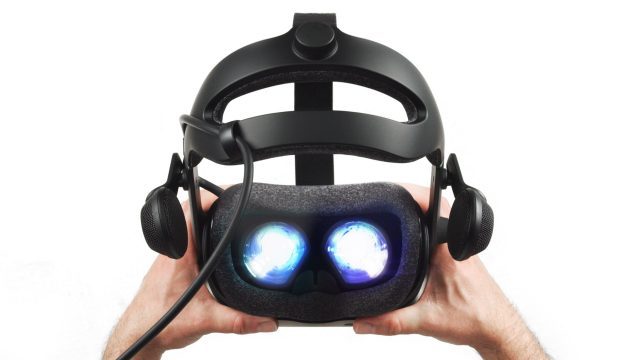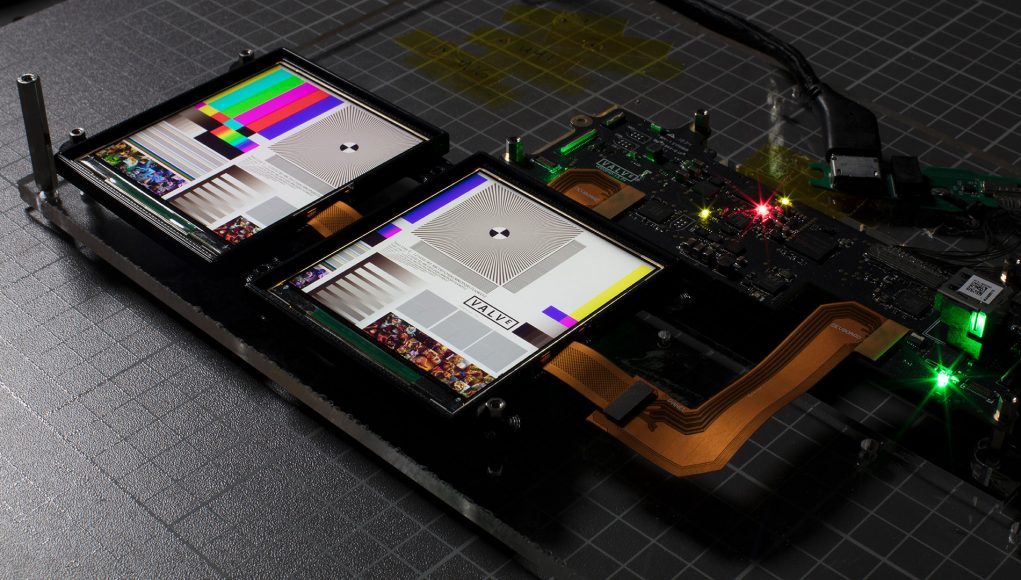When revealing the upcoming Index headset, Valve was clear that their goal was to move the bar forward for VR fidelity, even if that meant a premium pricetag. The company said that its internal game developers working on “AAA VR content” pushed to VR hardware team to reach the fidelity they wanted.
Valve’s Index headset was fully revealed at the end of April. And while the $1,000 full kit is more than twice as much as the Rift S ($400), the company believes the headset will offer the best experience for its upcoming “flagship VR game,” which hasn’t been revealed yet but is confirmed to launch later this year.
And that certainly makes sense, as Valve says that its VR game teams were pushing for greater capabilities from the hardware.
“Valve game teams requested increased fidelity to support AAA VR content development, which in turn drove Index’s specific technical innovations,” the company wrote in press materials shared with Road to VR.
Those “technical innovations” likely refer to Index’s dual-element optics, super low-persistence display, class leading refresh rates, and the headset’s unique and surprisingly good ‘off-ear’ headphone design.

It isn’t just specs and performance that Valve’s game teams were looking for though; during a press reveal of the headset last month, the company’s VR hardware team said that the internal teams building VR content kept talking about creating “full length” experiences, and needed a headset which had long term comfort to match.
“There isn’t one single factor that makes this HMD great, it’s all of these things together that contribute,” a member of the VR hardware team said.
Meeting those performance and ergonomic needs—”fidelity first” as the VR hardware team said—was priority number one for Valve, even knowing that it would necessitate a premium price tag. The company was clear about who the headset is positioned for.
“Valve index is for experienced, existing VR customers who want more [fidelity] and don’t want to wait,” the VR hardware team said.
And that fits the bill for VR’s early adopters, many of which bought into the PC VR space at $800 for a Vive or Rift—not because it was cheap, but because of the promise of immersion. Index represents a real step forward in fidelity over first-gen VR headsets, while other soon to launch headsets like Rift S and Quest primarily focus on low cost and ease of use.
– – — – –
Valve Index began pre-orders in limited regions on April 30th, and the first headsets are due to ship on June 28th, though it’s already backordered by two months or more. The Index ‘full kit’, which includes the headset, controllers, and tracking base stations, is priced at $1,000, while the headset and controllers can be bought without base stations for $750, and the headset by itself for $500.






